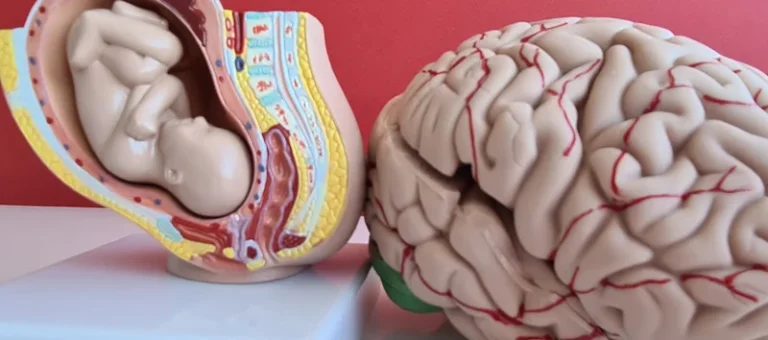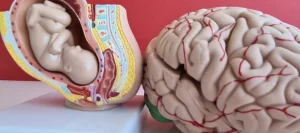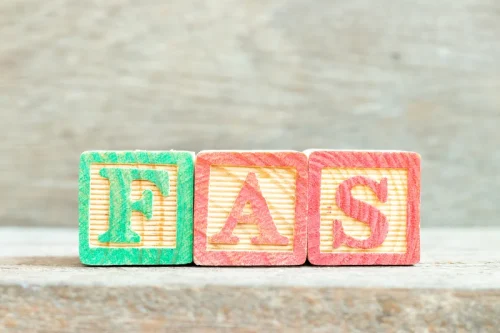
The definition of addiction also includes strong references to denial, minimization and justification, all of which are primitive internal defense mechanisms. After the addiction is acknowledged, the addict may ultimately be forced to decide to stop using chemicals, thus breaking the cycle of addiction. The cycle of addiction is powerful, usually requiring outside interventions that include alcohol detox or drug detox and substance abuse treatment. The second stage of the addiction cycle is when the person starts to use the substance on a frequently improper basis. Abuse Sober living house could involve taking more than the prescribed doses of a painkiller or regular binge drinking.
- It’s not just about willpower—your brain, body, and environment all play a role in keeping you stuck.
- To truly understand addiction, we need to peek under the hood and examine what’s happening in the brain.
- This “reward” encourages repeated use of the substance to relive those pleasurable sensations.
- Withdrawal symptoms can range from severe and uncomfortable to potentially fatal.
- However, for the vast majority of people struggling with addiction, there are stages of substance use or misuse that lead to the circumstances resulting in the person becoming addicted.
- The lies, manipulation, and broken promises that often accompany addictive behaviors can shatter even the strongest bonds.
- Tolerance occurs when the brain becomes accustomed to the increased dopamine levels caused by drug use.
The Journey Through Addiction

And to restore our sanity, collectively we must rethink how to navigate a dopamine overloaded world. Resources for seeking help and support are more abundant and accessible than ever before. From national hotlines to local support groups to online communities, help is just a phone call or click away. The research elucidating the specific brain pathways cycle of addiction involved in addiction is also providing targets for intervention.
- Recognizing the warning signs of addiction is crucial in seeking help early.
- It can depend on various factors, including personal vulnerability, environment, and the substance or behavior involved.
- Recovery.com uses a standard procedure to make sure treatment provider profiles on our site are current and complete.
- If you or someone you care about is going through this, don’t hesitate to seek professional help and support to break the cycle and work towards a healthier and happier life.
Drug and Alcohol Addiction Effects on the Brain

Addiction primarily takes root in the brain, fundamentally altering its function and structure. The brain is wired to reward us when we do things that are pleasurable or necessary for survival, such as eating or socializing, by releasing a neurotransmitter called dopamine. Overcoming a substance use disorder is no easy feat, but it is not impossible.
Stage 4: Risky Use
Nevertheless, even these risk factors won’t necessarily lead to the high-risk individual developing a substance use disorder. Addictive behaviors take their toll on your mind and body, so it’s a great idea to pay extra attention to your physical health. Do physical exercises for at least 30 minutes each day or go for a daily run.

Brookdale Premier Addiction Recovery
Addiction is a complex and chronic disease that affects the brain and behavior, often leading to destructive outcomes. While many see addiction as simply the inability to stop using substances, the reality is far more intricate. The cycle of addiction involves brain chemistry, tolerance, withdrawal, and the body’s changing response to substances over time. Understanding these factors can help shed light on why breaking free from the cycle of addiction is so difficult and what happens biologically when someone becomes addicted.

Regular Substance Use
First, Jellinek used a very small sample of AA members to validate the stages in his model. Most of these individuals already believed his hypothesized progression of alcohol use disorder. In addition, Jellinek’s original model did not apply to women who may actually demonstrate a slightly different progression in addictive behaviors than men.
Changes in behavior, mood swings, secretive actions, or sudden financial troubles can all be red flags that warrant attention. It’s like spotting storm clouds on the horizon – the earlier you see them, the better prepared you can be. It’s not a sign of weakness or failure, but rather a testament to the powerful grip of addiction.
Finding Treatment and Breaking the Cycle of Addiction
Tolerance occurs when the body and brain get used to the substance or behavior, requiring more of it to achieve the same effects. Dependence happens when the body starts to rely on the substance to function normally, either physically or psychologically. The central nervous system, endocrine system, and other bodily systems undergo both acute and chronic transformations when exposed to addictive substances or behaviors. These adaptations can be structural, such as alterations in brain chemistry, or functional, affecting how the body operates daily. While many theorists now view addiction as a disease, these theorists view the disease model of addiction as an extreme manifestation of purely biological events that rob a person of their reasoning abilities.